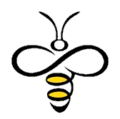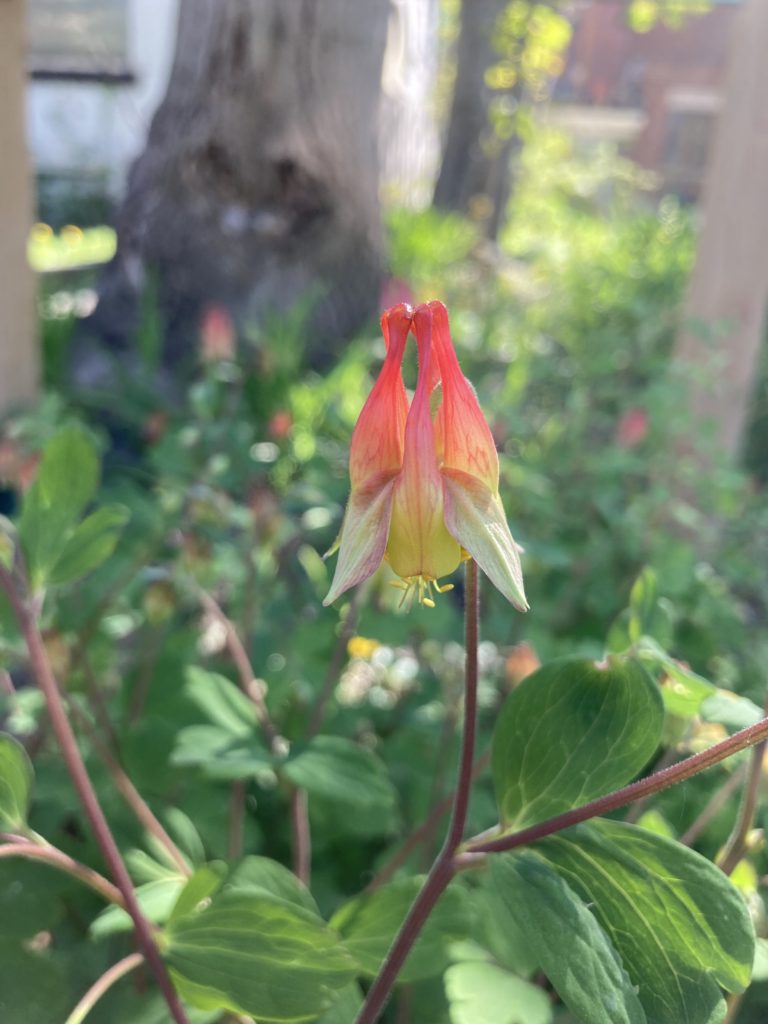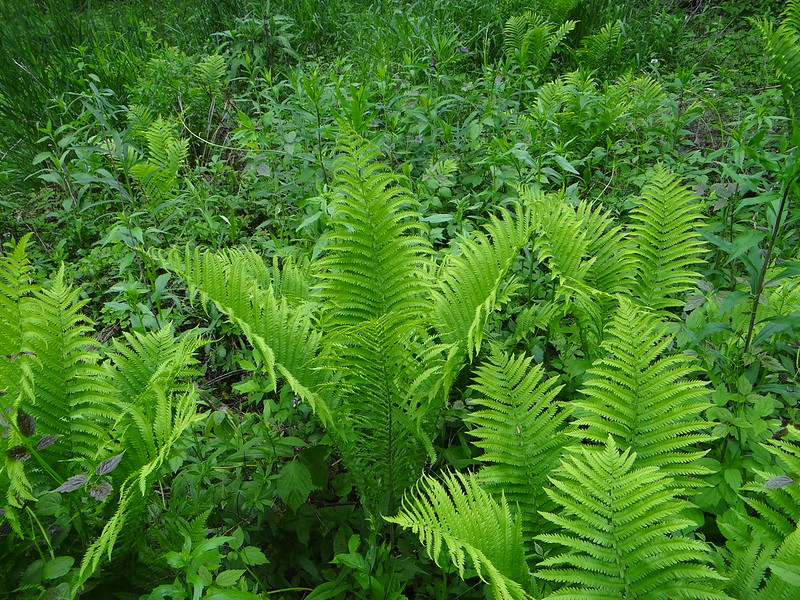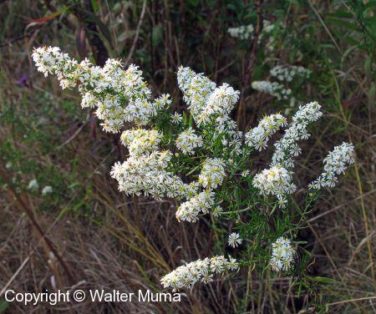Our Garden
78 Sringhurst Ave
Our Native Plant Pollinators
These plants are all located right at the corner of Springhurst and Close Aves. All but the ferns and grasses are nectar sources through spring, summer, and fall for butterflies, flies, and bees, and some are also host plants for caterpillars.
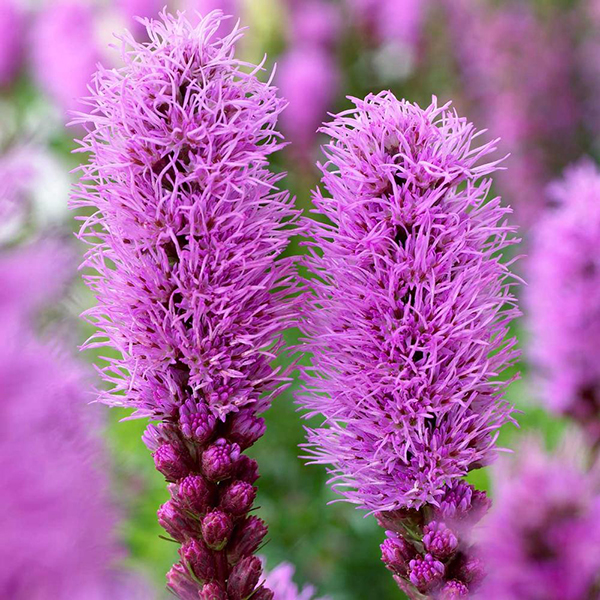
Tall purple and pink spikes, blossoming in late summer, attracting bees, moths, and. butterflies, with seeds that feed goldfinches. A threatened species in Ontario.

A tall plant with white bell-like flowers that blooms in early summer in open areas. Five stamens, including a hairy one that are othe origin of the name “beardtongue,” provide bees with pollen in places where they can’t easily remove it when grooming.
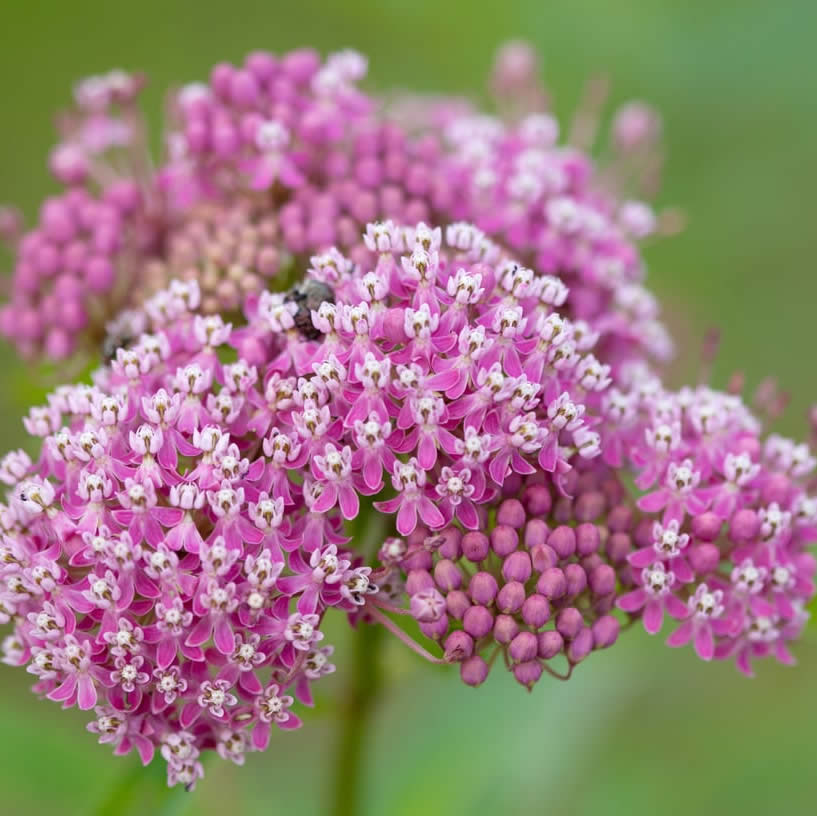
Milkweed is essential to the survival of the monarch butterfly, as well as sustaining others, and this one, with pink or purple blossoms, grows in wet areas.

A plant with multiple yellow blossoms in late summer, smaller than the non-native sunflower cultivated for its seeds, that grows in sunny forests. It sustains dozens of native butterflies and moths when they are young and is a magnet for bees gathering nectar.

Named after its alternating flower stalks, this goldenrod does well in shade and is a host plant for the Brown Hooded Owlet moth caterpillar, as well as a nectar source for butterflies.
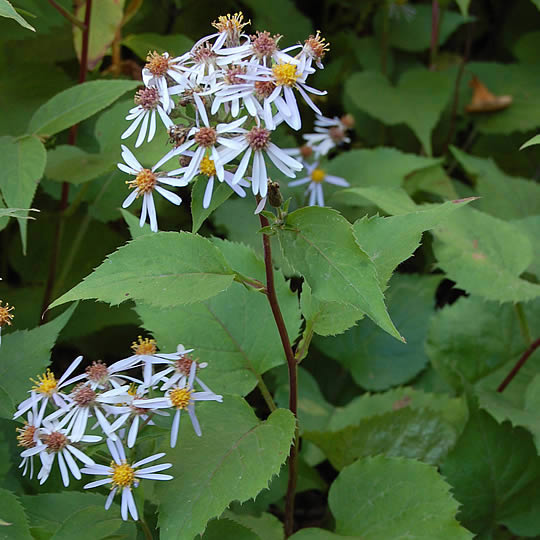
With white to purple flowers, found in forests and often one of the first to bloom in late summer. Like the other aster varieties, it is a host to over 100 caterpillars and a food source for migrating butterflies.

A shade-loving grass that grows up to six feet, named after the brushes its flower spikes resembles. It supports the Northern Pearly Eye butterfly and False Wainscot moth.
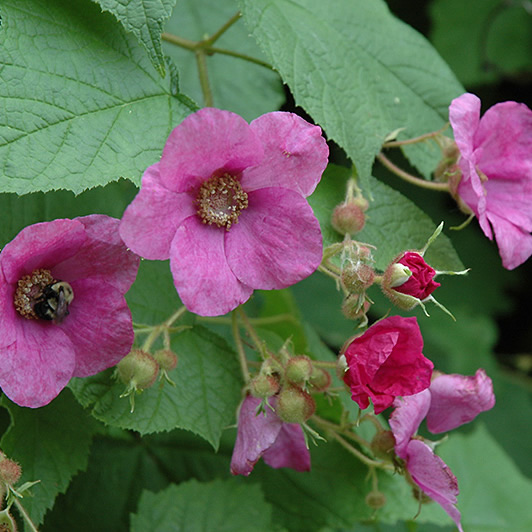
A one metre shrub, with pink or purple flowers and berries that are popular with birds.

A delicate lacy plant, with clusters of tiny white blossoms in early summer. The blossoms attract a range of pollinators, and yarrow is an egg-laying and overwintering host.
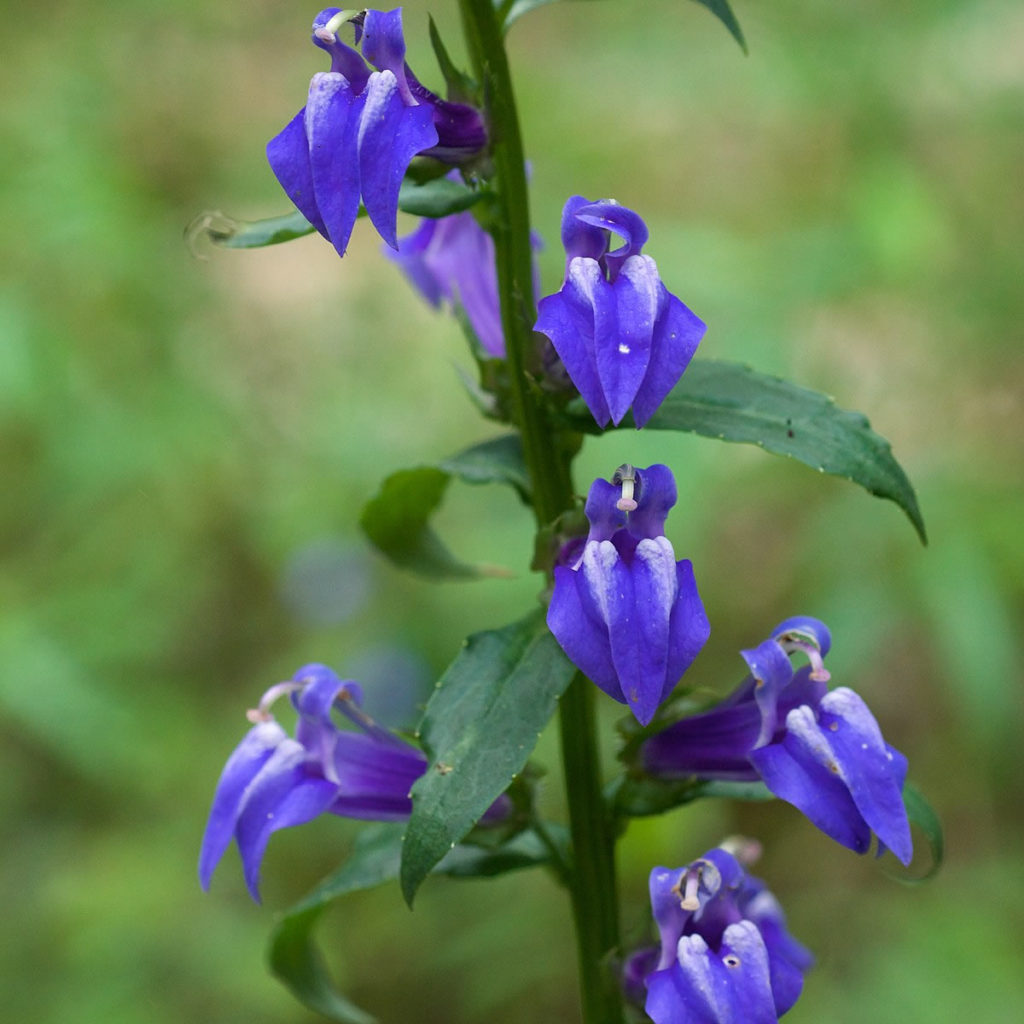
A member of the bellflower family with blue blossoms, like the red cardinal flower, found in forests. It attracts hummingbirds as well as bees and butterflies.
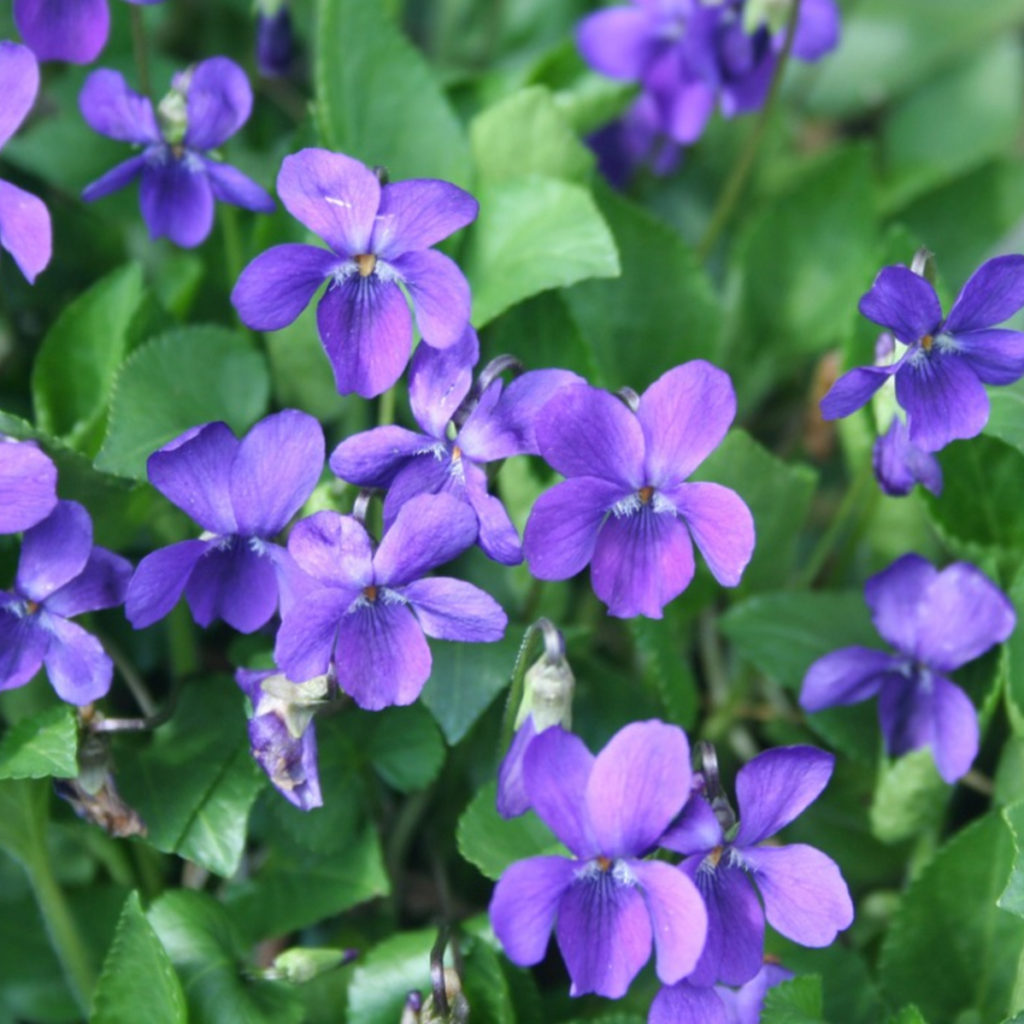
An early spring blossom, carpeting forest floors and sustaining several types of fritillary butterfly caterpillars.
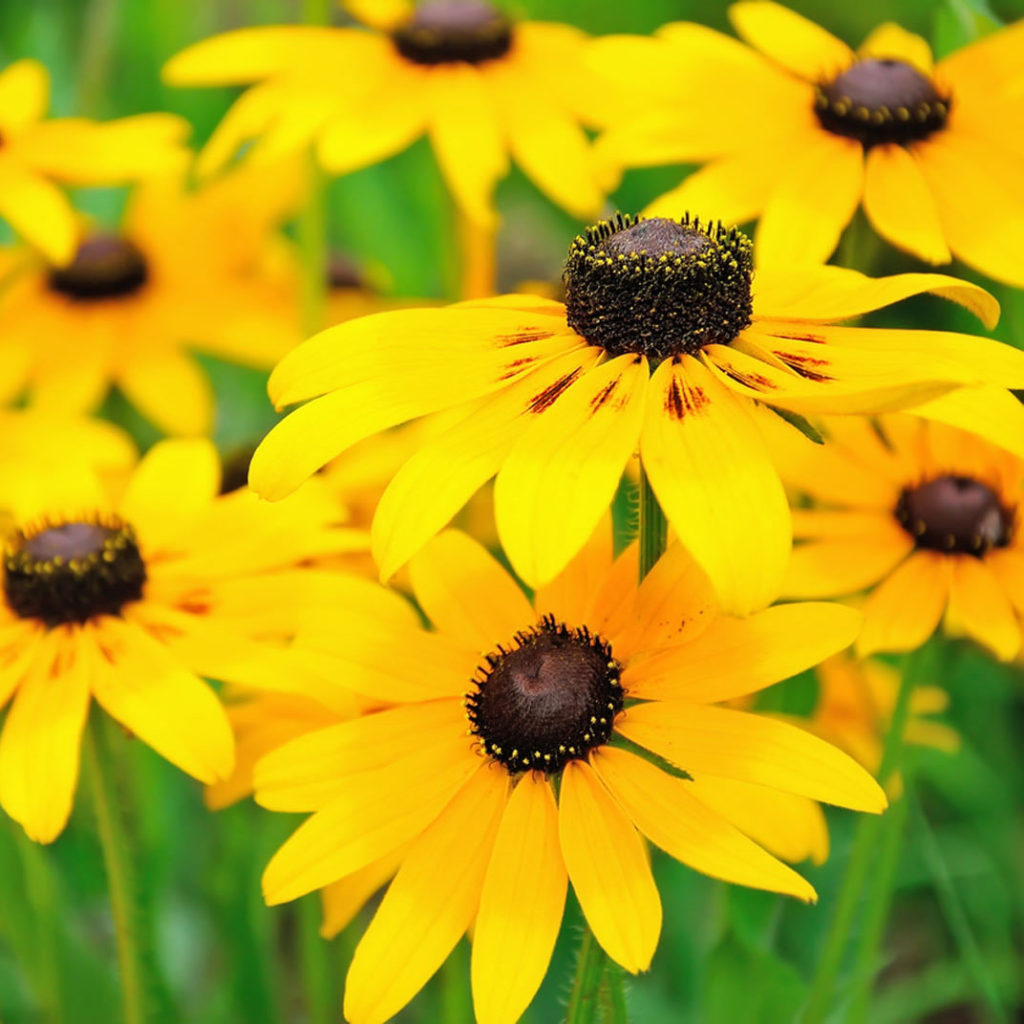
This familiar bright yellow flower grows in sunny open spaces and provides pollen to a wide range of insects as well as nectar to those with long tongues.
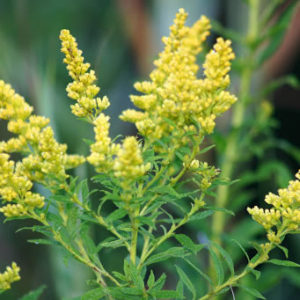
Blooming in late summer, this is a prime source for butterfly nectar and a food source for 100 types of caterpillar.
Adjoining Close Avenue Gardens
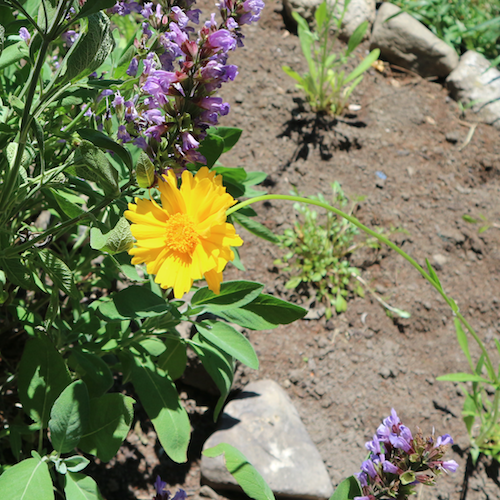
Also known as tickseed, this vibrant yellow spring flower attracts butterflies with its colour and landing spot. It grows in clumps that last a long time and tolerate drought and poor, rocky soil.

A light blue Aster with distinct heart-shaped leaves that growes best in partial shade but will tolerate nearly full shade and nearly full sun. Also known as Blue Wood Aster, it has wonderful array of blue flowers attracts butterflies and bees.
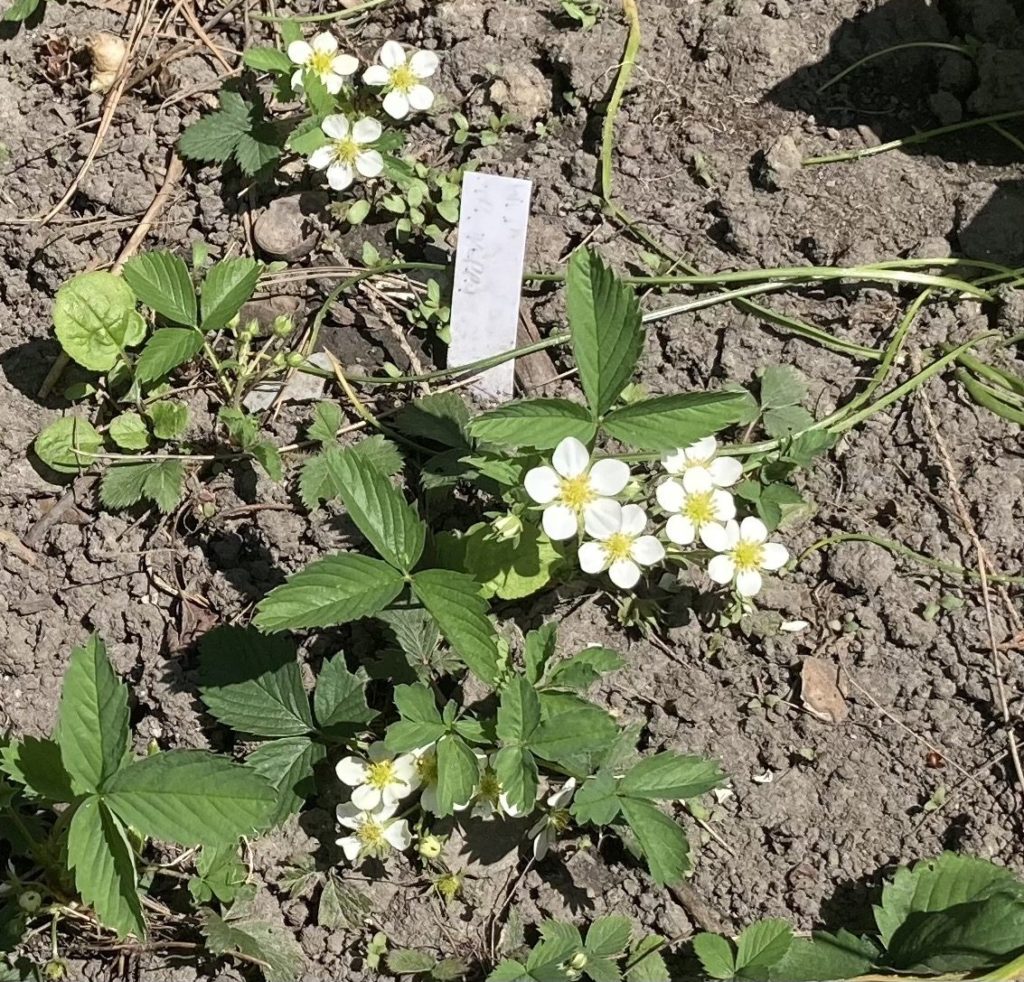
Much smaller than commercial strawberries, the fruits of this plant have been eaten by people for thousands of years, and are significant in Indigenous ceremonies. The plant is a host to skipper butterfly larvae.
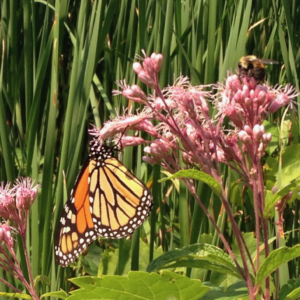
A tall plant with pink or purple vanilla-scented flowers. Blooming in late summer. it particularly attracts larger butterflies like monarchs and swallowtails because of its height.

Butterfly weed is an uncommon and small member of the milkweed family, with striking orange blossoms in late summer. Like other milkweed plants, it is a host for the monarch butterfly as well as providing nectar for a variety of other species.
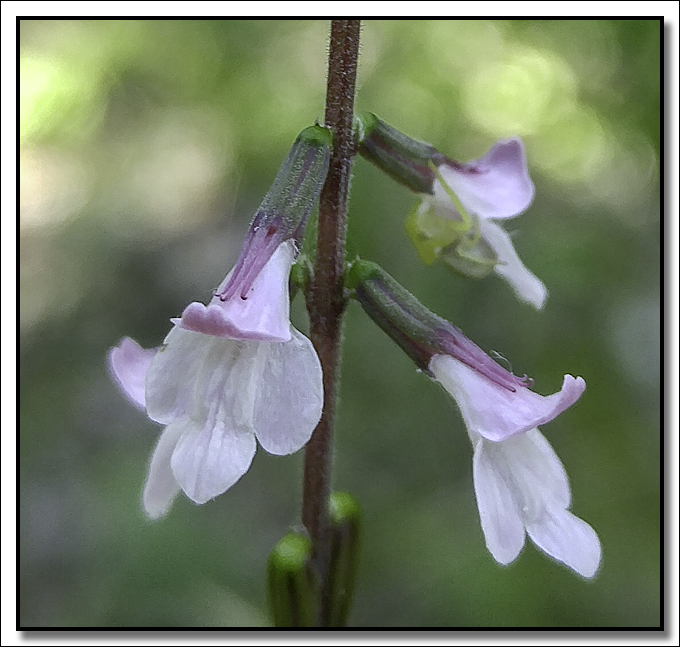
Lopseed is a woodland plant, with small delicate flowers in summer. It is a food source for bees, and was a traditional Indigenous healing remedy for throat and rheumatism problems.
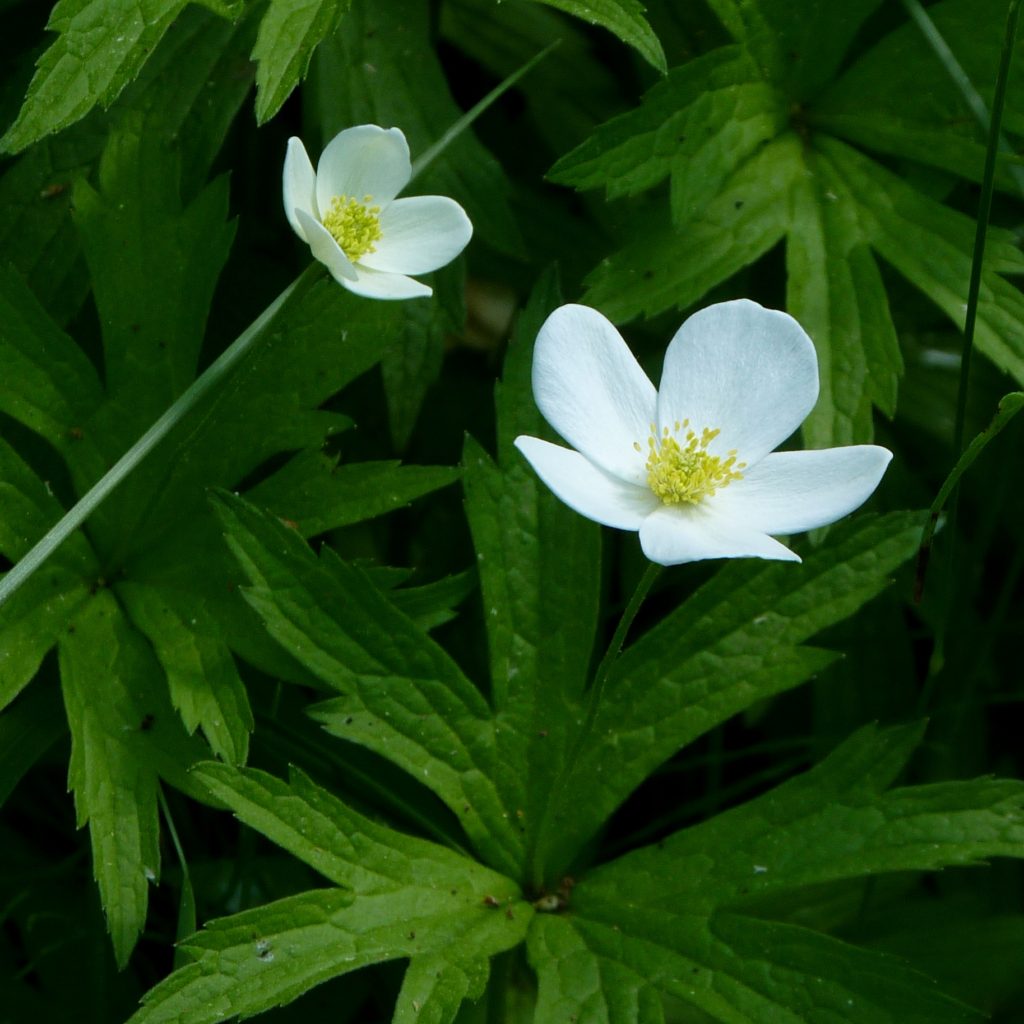
Striking white flowers that emerge in late May, and distinctive deeply toothed leaves that cover the ground.
It attracts sweat bees, including Toronto’s official bee, the green metallic sweat bee.
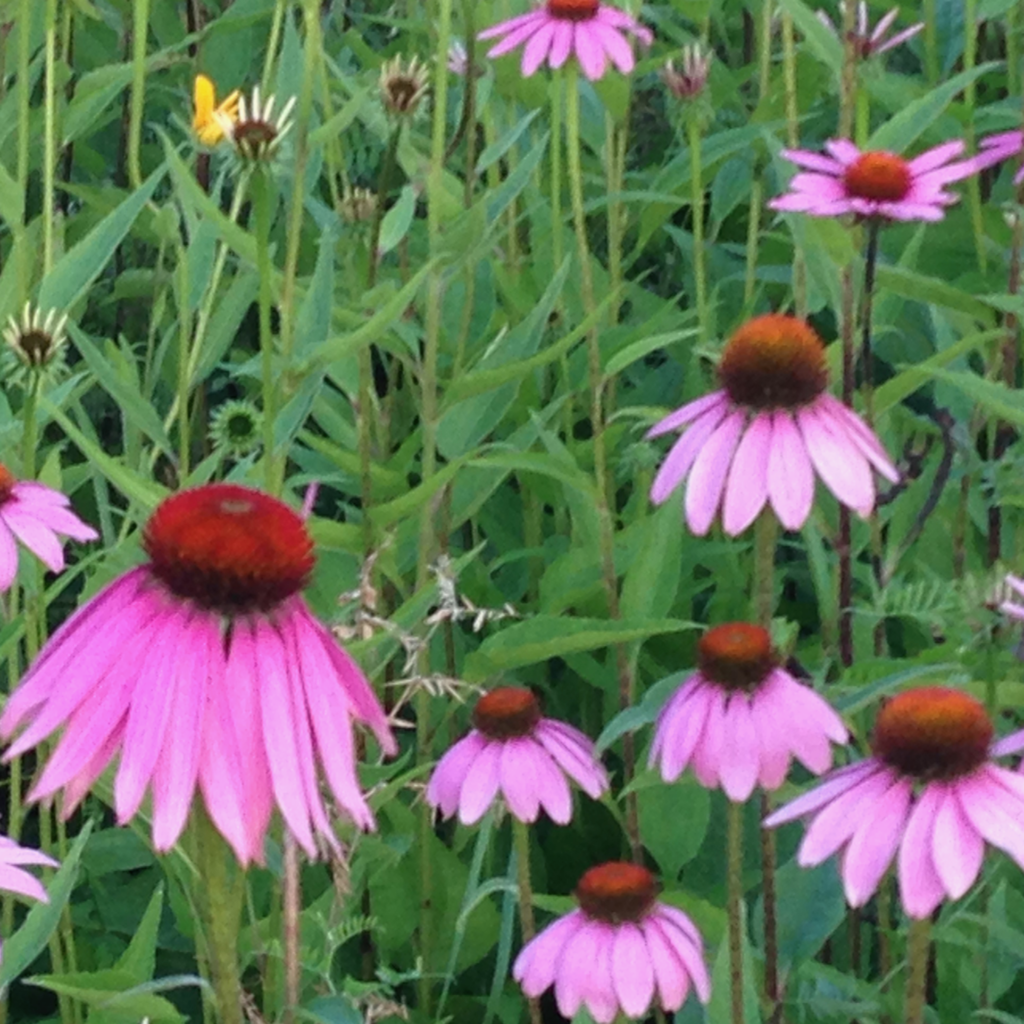
Also known as coneflower, Echinacea is well known as an herbal treatment for the common cold. It attracts all types of butterflies, including fritillaries, monarchs, painted ladies and swallowtails, who feed on the sweet nectar, and birds who enjoy the seeds from the tall rounded heads.

Cardinal flower grows in wetlands, standing out among the greenery. Its deep blooms on tall spikes attract swallowtail butterflies and hummingbirds for pollination. Like the bird, its name is a reference to the scarlet gowns worn by cardinals in the Catholic church.
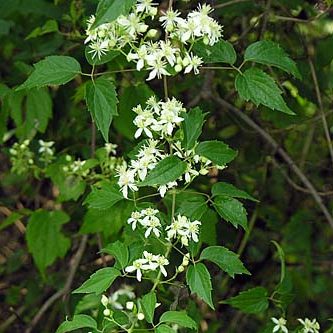
This native variety of the clematis family grows vigorously, sending up vines that twine around supports or other plants with clusters of delicate white flowers, also giving it the name “Old Man’s Beard.” It provides a nesting site for birds as well as attracting pollinators.
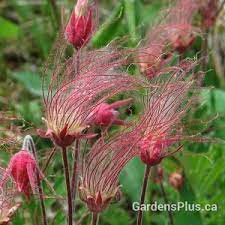
Prairie Smoke is part of the rose family. Its spring flowers are followed by seed heads whose tails give it a distinctive plume-like appearance. Their early blooms make them valuable to emerging bumblebee queens, who are followed by wasps and ants.
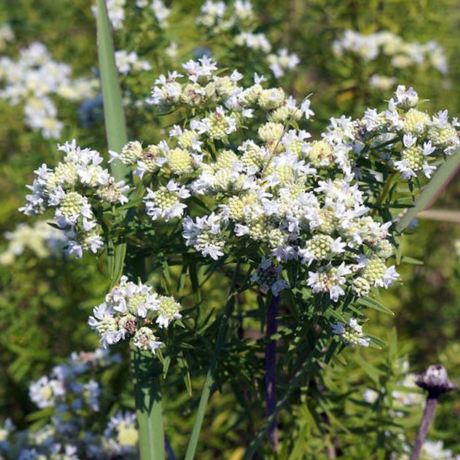
One of the most popular plants for pollinator gardens because of the wide range of insects it attracts. Numerous varieties of Mountain Mint provide food with small but abundant blossoms for butterflies, bees, wasps, beetles, and moths throughout the summer.

“Last night as I was sleeping, I dreamt —
O, marvelous error —
That there was a beehive here inside my heart
And the golden bees were making white combs
And sweet honey from all my failures.”
― Antonio Machado
